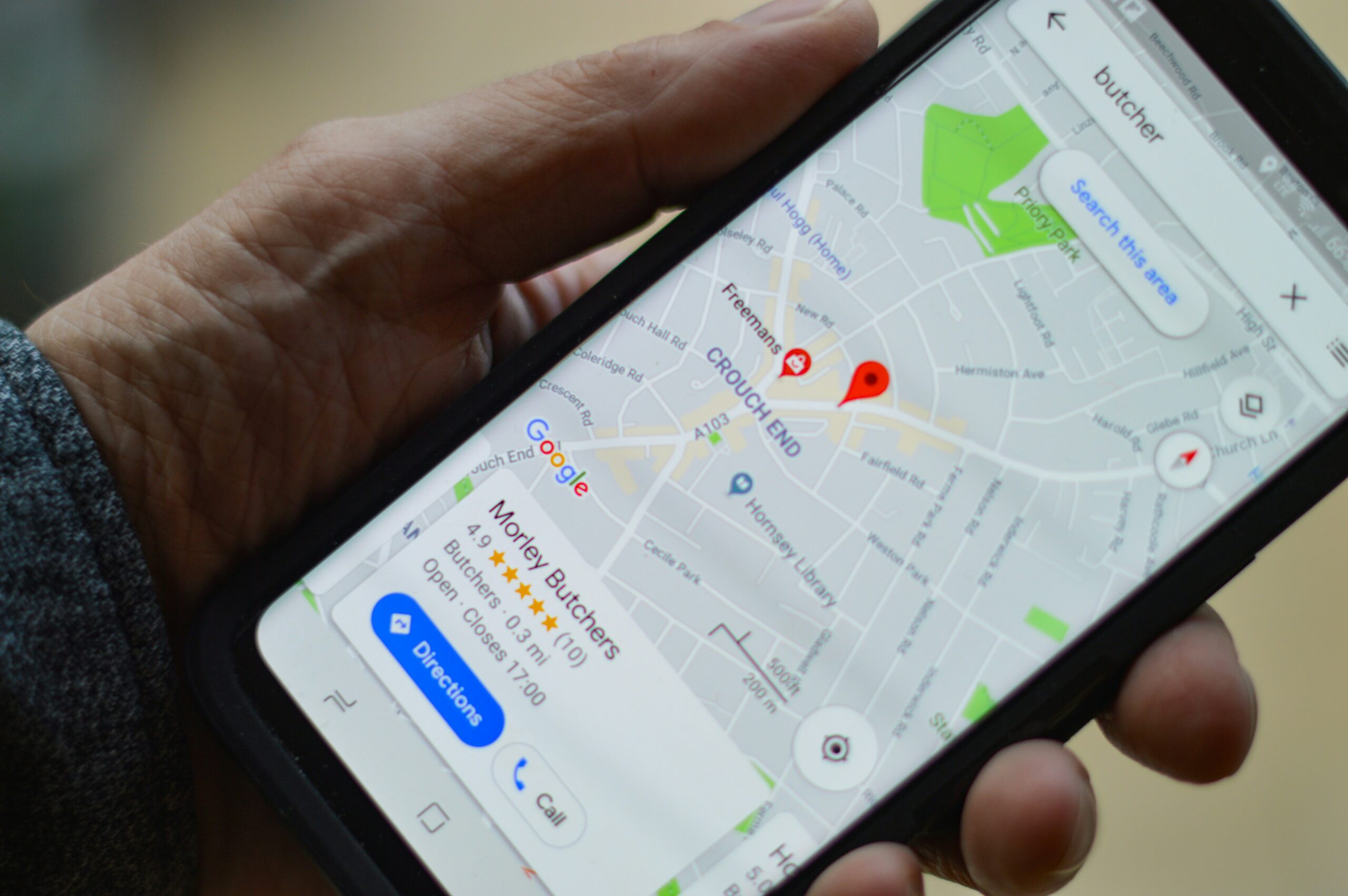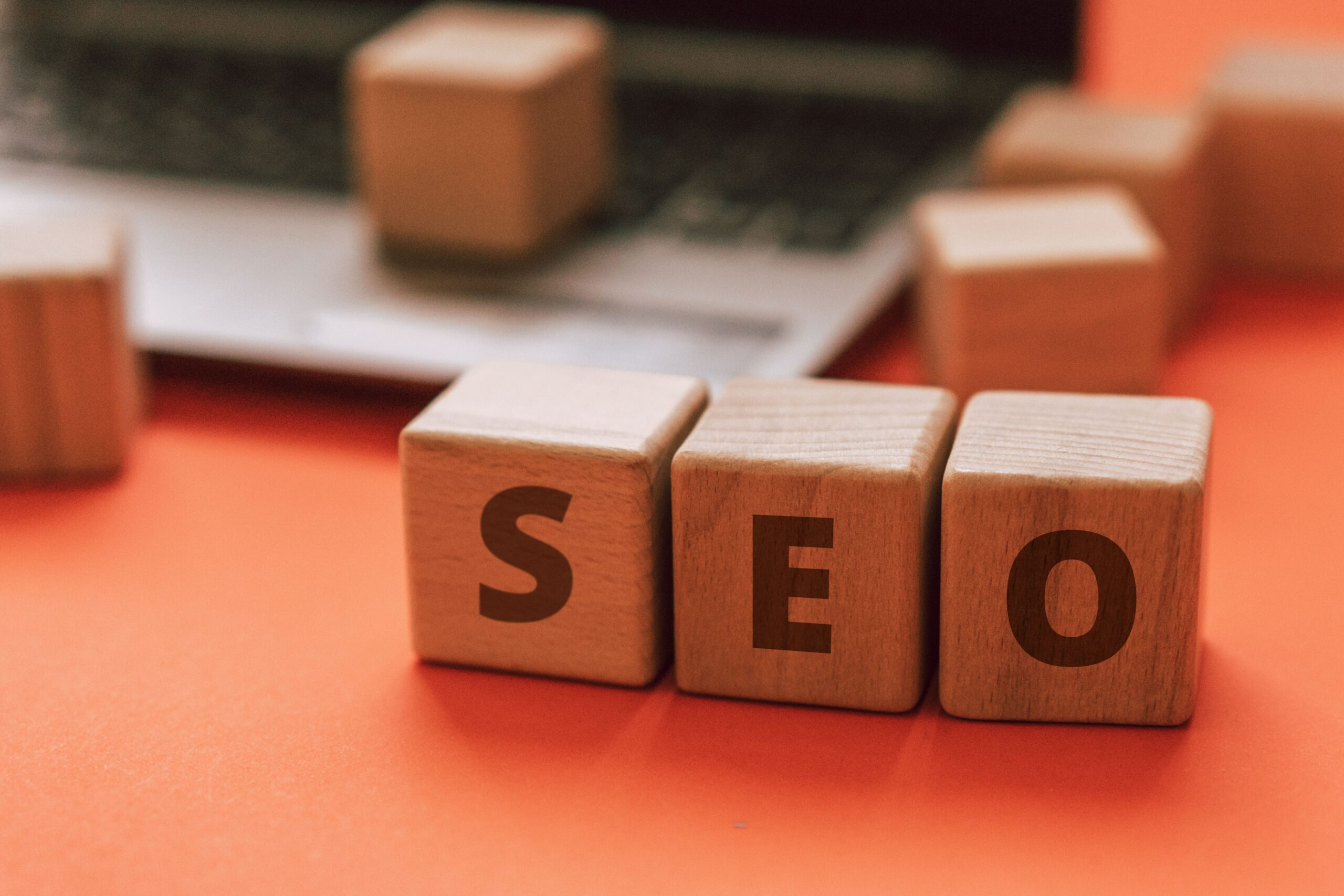News
From capture to customer – All you need to know about the lead lifecycle
By Anna Dearden | April 16, 2024

If you’re responsible for any kind of sales process within your business or organisation, then it’s crucial that you know about the intricacies of the lead generation lifecycle. This process plays a pivotal role in converting potential customers into loyal patrons, and involves a collaborative effort of both the marketing and sales team to make it work effectively.
So what are the components of a successful lead lifecycle, and how do you make it work for you?
What is a lead?
In the context of marketing, a lead is an individual or organisation that has shown interest in your product or service.
This interest is typically expressed by providing contact information or engaging with your brand’s content, such as filling out a form on your website, subscribing to a newsletter, or downloading a whitepaper.
The starting point of lead generation
A successful lead generation strategy is essential for any business looking to grow its customer base. This strategy should be tailored to the specific needs and preferences of your target audience. It includes defining your target audience, creating compelling content, optimising landing pages, and implementing lead capture forms.
The goal is to entice potential leads to take a specific action that indicates their interest in your products or services. High-quality content, SEO, and PPC can help attract more visitors to your site.
The five major stages of the lead lifecycle
There are several moving parts to the lifecycle of a lead, and it’s important to grasp an understanding of each aspect of the process.
1. Awareness
The journey begins with awareness. At this stage, potential customers become aware of your brand and what you offer – they might come across your website, social media profiles, or advertisements.
Effective content marketing plays a crucial role in creating awareness by providing valuable information and solutions to the audience’s pain points.
2. Lead capture
Once individuals are aware of your brand, the next step is to capture their information. This is typically done through lead capture forms on your website or landing pages.
These forms ask for basic contact details, such as name and email address, in exchange for valuable content or access to exclusive offers. Lead capture is a critical point in the lifecycle as it converts anonymous website visitors into identifiable leads.
3. Prospect
After capturing leads, they transition into the prospect stage. At this point, your marketing and sales teams begin nurturing these prospects by providing them with relevant content and personalised communications.
The goal is to build trust, address their specific needs, and guide them closer to making a purchase decision.
4. Customer
The ultimate goal of the lead lifecycle is to convert prospects into customers. This stage involves the culmination of efforts from both marketing and sales teams.
Marketing continues to provide valuable content and support, while sales takes over to close the deal. Customer relationship management (CRM) software plays a pivotal role in managing and tracking interactions with leads throughout this journey.
5. Loyalty and advocacy
The relationship doesn’t end with a sale; it evolves into loyalty and advocacy. Satisfied customers become your brand advocates, promoting your products or services to others.
They may also make repeat purchases and provide valuable feedback. Nurturing these loyal customers is essential for long-term business success.
The role of customer lifecycle management
Customer lifecycle management is a comprehensive strategy that extends beyond the lead lifecycle. It focuses on the entire journey a customer takes with your brand, from the first interaction to post-purchase engagement.
An effective customer lifecycle management approach aims to maximise customer satisfaction, retention, and lifetime value.
Meaning of CRM
Central to customer lifecycle management is the use of Customer Relationship Management (CRM) software.
CRM software is a powerful tool that helps businesses organise, automate, and track interactions with leads and customers. It enables businesses to maintain a complete view of each customer’s history, preferences, and needs, facilitating more personalised and effective communication.
Collaboration between marketing and sales
To successfully guide leads through the various stages of the lead lifecycle, collaboration between marketing and sales teams is key to every campaign.
Alignment on lead criteria
Marketing and sales teams must collaborate to define lead criteria. This includes determining what constitutes a qualified lead and at what point a lead should be handed over to the sales team for further nurturing and conversion.
Lead nurturing
Marketing takes the lead in nurturing prospects through the early stages of the lifecycle. They provide valuable content, engage in email marketing, and use marketing automation tools to keep leads engaged and informed.
Sales engagement
Once a lead reaches the prospect stage and is deemed ready, the sales team takes over. They engage with the lead, addressing specific questions and concerns, and guide them towards making a purchase decision.
Continuous communication
Throughout the entire lead lifecycle, marketing and sales teams should maintain open communication. This includes sharing insights, feedback, and data on lead behaviour and conversion rates.
This collaboration allows both teams to refine their strategies and optimise the lead-to-customer conversion process.
Post-sale engagement
After a lead becomes a customer, marketing can still play a vital role in maintaining engagement. They can provide post-sale content, gather feedback, and encourage loyal customers to become advocates for the brand.
Examples of successful lead lifecycles
The success of a lead generation campaign varies from business to business. But depending on the type of services you offer, these effective campaign strategies can be applied to your sales process.
Content marketing funnel
A content marketing funnel is a widely used approach where businesses create valuable content to attract potential leads. You’ll start by offering informative blog posts, videos, or downloadable guides to generate awareness and capture leads’ interest.
As leads engage with this content, they are gradually nurtured with more in-depth resources and targeted emails. Successful content marketing funnels guide leads from awareness to consideration, ultimately converting them into customers.
E-commerce sales funnel
E-commerce businesses leverage sales funnels to move potential buyers through the lead lifecycle. This process by targeting individuals with online ads or social media promotions.
Once a visitor lands on your website, they are enticed with special offers or discounts to encourage the initial purchase. After a successful transaction, the e-commerce business continues to engage the customer through post-purchase emails, suggesting related products and building long-term loyalty.
Email drip campaigns
Email drip campaigns are effective for nurturing leads over time. By segmenting leads based on their interests and behaviours, your business can send automated, personalised emails.
For instance, a lead who downloaded a product guide might receive a series of emails highlighting specific features or case studies. This tailored approach keeps leads engaged and informed, gradually moving them closer to becoming customers.
Targeted lead campaigns that work with NMG
At NMG, we’re experts in creating effective lead campaigns that really convert. We’ve got your lead lifecycle down to a T, and can tailor your business strategy to target your specific niche.
If you need someone to take the reins and manage your lead generation, get in touch with us to see how we can help your business thrive today.
ACCREDITATIONS






